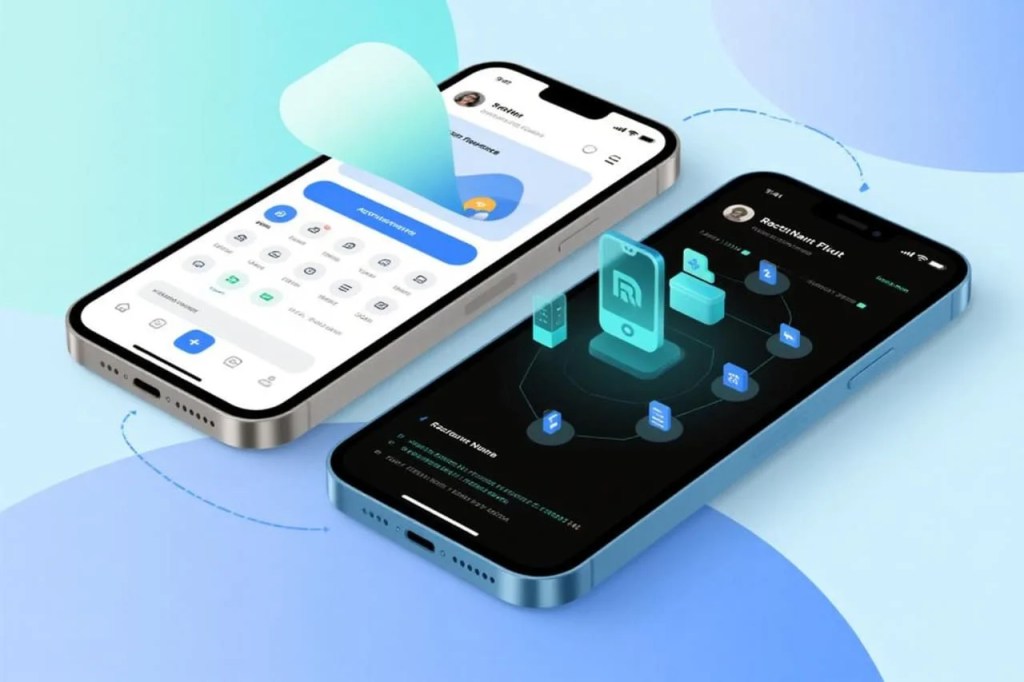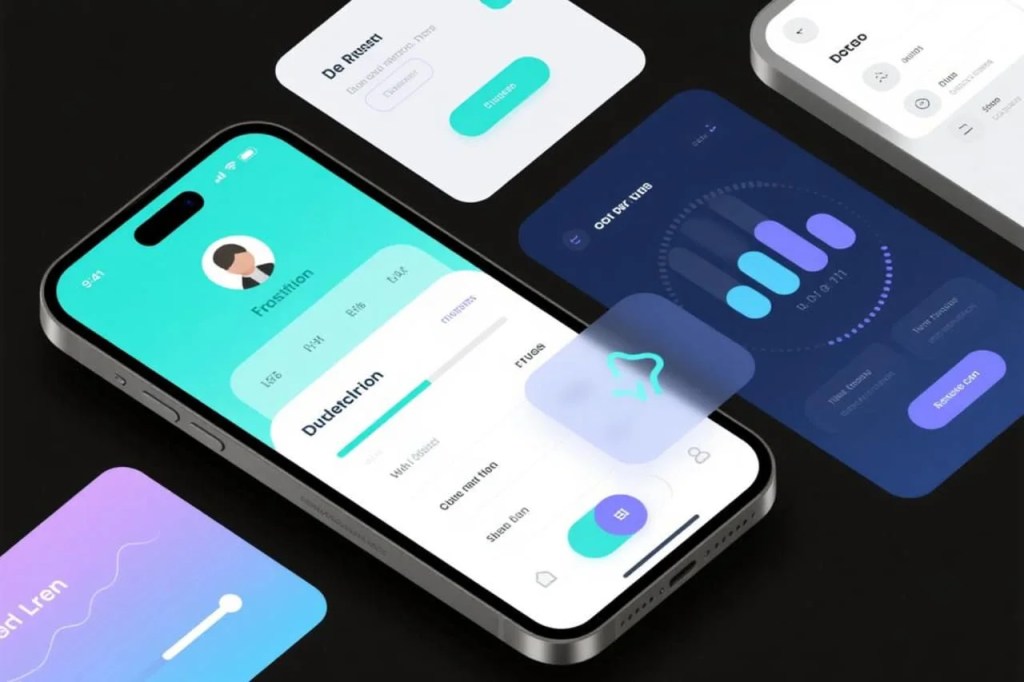What to Know Before Developing an App for Your Business
When a business decides to develop an app, it’s not just dabbling in tech—it’s opening a new interface for customer interaction, internal operations, or brand presence. That choice brings real stakes.
An app isn’t a shiny feature—it’s infrastructure. It touches customer perception, employee workflow, data fidelity, revenue flow, and ongoing maintenance budgets.
This article walks you through the key considerations that should shape every decision from the moment “maybe we build one” hits the table.
Let’s cut the fluff and get into what actually matters.
Start With Goals, Not Features
Too many business owners rush straight into app conversations with a checklist of features, skipping the one thing that should anchor everything else: why does this app need to exist?
What problem is it solving—for whom—and how will you know it’s working?
Before writing a line of code or vetting platforms, you need to define objectives before building. This means clearly identifying what value your app creates, who it’s for, and what success looks like.
Are you looking to streamline a customer experience? Reduce manual tasks? Unlock a subscription model?
Without these answers, your scope will sprawl, timelines will shift, and your team will drown in rework.
Once you’ve defined those goals, write them down as user stories: “As a customer, I want to __ so that __.” That alone can keep your scope grounded. Then rank them.
Not all features matter equally. Some exist to prove value. Others just sound nice in a pitch deck.
It’s okay to skip the “cool” stuff if it doesn’t connect directly to the app’s mission. An early-stage app that does one thing well is worth more than a bloated one that tries to do it all.
Also, ask yourself this: how will you measure success? Downloads are vanity. Retention, conversions, and time-to-task are sanity. Metrics shape what you build—and what you kill.
Develop Your Expertise
Let’s be blunt: there’s a difference between a dev who can stitch together tutorials and one who understands systems.
When you build with people who know how architecture works—how memory is managed, how data flows, how logic scales—you build something that holds under pressure. That difference often comes down to one thing: a foundation in computer science.
If you’re reviewing codebases full of redundancy, shallow logic, or performance issues, take a step back.
Evaluating core fluency in algorithms, data structures, and system thinking can prevent years of rework. And if you’re not sure how to assess that? This could be helpful.
You don’t need a team full of CS grads. But you need at least one person who knows what a performant, testable app should feel like under load.
Choose Native or Cross-Platform Wisely

When business owners first enter app development territory, the technical distinctions can feel abstract.
Native vs. cross-platform vs. progressive web app (PWA)—it’s easy to default to what a developer recommends or what a competitor seems to use.
But choose native or cross-platform wisely. Native apps offer better performance, deeper access to device features, and a more fluid UX.
Cross-platform tools like React Native or Flutter offer faster builds and lower costs, especially when you’re targeting both iOS and Android from day one.
PWAs offer flexibility and can often bypass app store approvals, making them ideal for internal tools or experimental customer-facing apps.
What matters most is aligning the build type with the app’s primary job. If speed and responsiveness are non-negotiable—think fitness tracking, in-store POS, or AR—go native.
If you’re prioritizing speed to market or MVP testing, a cross-platform route may save your budget for more important iterations.
Don’t let this decision get outsourced to someone with tunnel vision. Ask to see examples of apps built on both sides. Play with them. Feel the lag, the animations, the transitions. Ask what updates will look like two years from now.
Native apps may cost more upfront, but updates often integrate more cleanly with OS-level changes.
Cross-platform builds save time in early development but may require more hacks for platform-specific features later on. Either path works—but only if it works for your constraints.
Don’t just ask what’s cheaper. Ask what’s durable.
Plan Your Spend and Timeline Like a Grown-Up
App development isn’t expensive because developers are greedy. It’s expensive because you’re building an ecosystem.
The more moving parts you include—authentication, data sync, push notifications, payment integrations, admin portals—the more edge cases, failure modes, and update obligations you introduce.
Don’t estimate based on what you hope it will cost. Instead, plan your spend and timeline around clearly scoped features, realistic developer hours, and long-term upkeep.
Novo’s insights break this down simply: design, development, testing, launch, updates, and iteration all cost time and money—and pretending otherwise only burns both.
You’ll need to budget not just for the build, but for the versioning, fixes, and inevitable platform changes that will break things a year from now. Treat it like a living system, not a one-time purchase.
Think beyond launch. Think about your first bug report. Your first OS update. Your first new device that doesn’t render something right. Are you budgeting for those moments—or hoping they never show up?
Also, consider that devs can’t fix what was never scoped right. Vague instructions breed messy builds. Be the kind of client who thinks in behaviors, not just visuals.
Describe what the app does before obsessing over how it looks. That mindset saves you thousands in revisions—and keeps your team focused on impact, not aesthetics.
Most importantly: buffer your timeline. App development rarely hits initial deadlines. If you need it in 90 days, plan for 120. Give yourself room to fix what breaks before a customer sees it.
Use Big Data to Build It Right
If you’re in retail, you already know your customer behaviors, SKUs, and seasonal shifts live in a mountain of data. But what you might be missing is how that data can fuel your app design.
Instead of guessing what features users want, let the numbers decide. From backend systems to personalized push flows, retail-specific infrastructure decisions should be informed by actual behavioral data.
Are users abandoning checkout on mobile? Are they dropping off after a certain screen? What categories get repeat traffic?
You already own the answers—you just need to architect the app around them. That’s what makes big data not just useful, but essential. It shifts you from guessing to engineering with precision.
Engage Users With Behavior Nudges

Building the app is the easy part. Keeping users active? That’s the war.
Retention doesn’t happen because people like your logo. It happens because the experience is designed to draw them back—at the right time, in the right way, without burning goodwill.
Engage users with behavior nudges that are baked into your architecture. Think contextual onboarding instead of generic tutorials.
Behavior-triggered messages instead of static reminders. Micro-interactions that reward progress, not just completion. All of this can and should be designed from day one—not tacked on when metrics flatline.
Your users aren’t dumb. But they’re busy, distracted, and one friction point away from never opening your app again. Use that understanding as your design compass.
What’s the first screen they see after logging in? What friction are you removing—not adding? What would make them smile mid-scroll or feel progress without needing a badge?
Micro-moments matter. So do micro-delights. That’s what nudges really are—they’re little “you’re on the right track” whispers, not alarms.
Also, experiment. Not once. Constantly. Treat retention like an evolving system, not a single lever.
AB test your empty states. Test onboarding length. Try subtle animations. Track what makes people return on day 2, not just day 1.
The apps that win aren’t the ones that dazzle. They’re the ones that listen.
Don’t Wing the Hiring
Whether you’re hiring in-house or bringing in an agency, the talent you select determines your app’s ceiling.
And for startups or growing businesses, the clock is always ticking. What you need isn’t just someone who can write code—it’s someone who can work inside your unique constraints, anticipate trade-offs, and ship clean, modular systems that won’t collapse under scale.
That’s why technical scaling at early stages isn’t optional. It’s foundational. Hiring someone who’s never managed an API schema or mobile CI/CD pipeline will cost you six months and two rebuilds. Start with technical sourcing that’s rooted in outcomes, not just buzzwords.
Hire like this matters. Because once the app is in the wild, every corner cut shows up as a ticket—and every shortcut becomes your problem.
Closing the Loop: Build to Learn, Learn to Build
Here’s the truth: the most successful business apps didn’t nail it out of the gate. They got their first version into the world, learned how people actually used it, and built from there.
That means your job isn’t to chase perfection. It’s to ship something real enough to generate data, feedback, and friction.
Don’t disappear once the app is out. Track everything. Not just events, but drop-offs. Not just screen loads, but rage taps. Instrument your app with real user telemetry so you can learn what works and what backfires.
And listen to your frontline staff. If the app is used by sales teams, drivers, support reps, baristas—whatever—ask them what’s awkward.
Ask what’s slow. Ask what they avoid clicking. Often, the real insight comes from friction you never saw coming.
Finally, set a cadence. Monthly retros. Biweekly reviews. Schedule the check-ins before the chaos. Otherwise, you’ll forget what the app was supposed to do—and settle for “it works,” instead of “it helps.”
What separates great apps from good ones isn’t who had the best idea—it’s who built the cleanest loop between reality and revision.
That loop only works if the foundation is solid: clear goals, right platform, smart spend, strong team, real data, thoughtful retention. It’s not glamorous. It’s just necessary.
Your app won’t be the thing that changes your business. But it can be the thing that makes your business easier to change—if you build it right.





